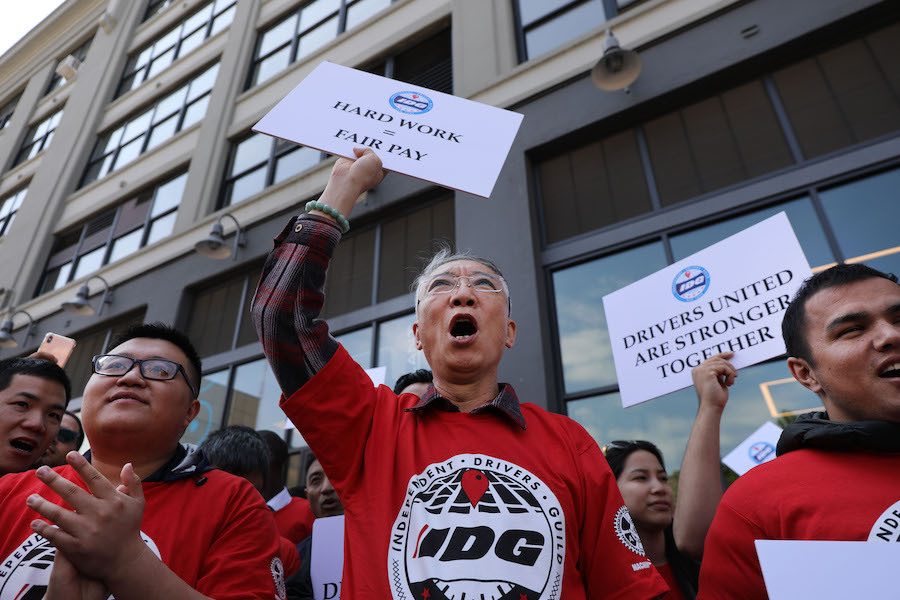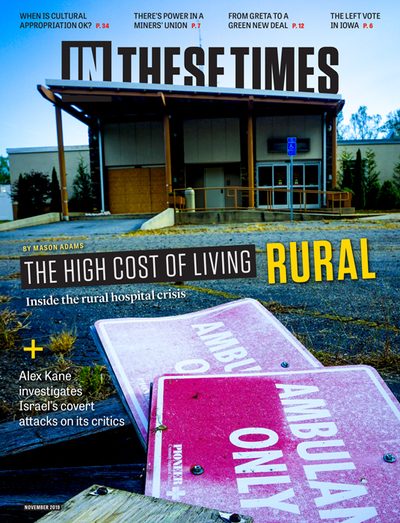90% of Workers Aren’t in a Union. Labor’s Future Depends on Them.
The labor movement needs more organic leaders, not a militant minority.
Andrew Dobbyn

My comrade Laura Gabby says that “supermajorities are necessary to raise class consciousness, fight capital, strike and win,” and I agree. But we diverge on how to get there.
She and other rank-and-file strategy (RFS) supporters suggest realigning internal union politics from the inside out through a “militant minority.” As Kim Moody argues in his seminal pamphlet about RFS, unions have to “take a central role … by virtue of their size and their place at the heart of capitalist accumulation.”But, in practice, attempts at union realignment through RFS have mixed results, while most workers remain without a union. What’s needed, instead, is a broad “yes, and” approach with an emphasis on new organizing.
Many unionists were first exposed to RFS in August through a series of unfortunate articles in Politico and the New York Times, detailing activities from the Labor Branch of New York City’s chapter of the Democratic Socialists of America. (Laura is a member.) These DSAers called for socialists to get union jobs in specific “strategic industries” to form a “militant minority” and change unions internally. This strategy was reiterated in the national RFS DSA resolution and in a pamphlet, put out by Young Democratic Socialists of America and Democratic Socialist Labor Commission, titled, “Why Socialists Should Become Teachers.”
While the news articles unfairly portray RFS as a devious plot, they highlight real failures in political strategy. NYC-DSA is, anecdotally, disproportionately white; the optics aren’t good for them to take over unions with membership that is mostly people of color.
Organic worker-leaders built our movement; if socialists want to lead, they must become organic leaders, not tack themselves on like some gaudy ideological accessory. Laura says organic leaders and socialists must work together, but the problem remains: The union realignment strategy treats union members as constituencies to be managed, rather than organic partners.
The strategy also leads to a militant minority divorced from the larger union, leaving the efforts of RFS reform caucuses decidedly mixed. While the rank-and-file caucus in the Chicago Teachers Union has seen success, New York’s Movement of Rank and File Educators (MORE) has seen less. MORE is a favorite of NYC-DSA Labor Branch members, yet its vote share in the United Federation of Teachers (UFT) presidential election dropped from roughly 10,000 in 2016 to less than 2,500 in 2019, and the incumbent UFT Unity Caucus captured all 102 seats on the executive board.
If leftists want to transform the labor movement, there’s a much easier route: Unionize the unorganized. Surveys show that at least 48% of workers would like a union, but 90% do not have one. Unions enjoy high levels of public support, and millennials are joining in disproportionately large numbers.There is no better time for the Left to organize new unions or add new bargaining units. Leftists should focus on developing organizing committees before a union steps in, ensuring unions will actually commit resources to finish the job and that the workers joining do so on their own terms.
A partnership between the progressive International Longshore and Warehouse Workers (ILWU) and DSA San Francisco shows how this organizing can be done. DSA members spent months with Anchor Brewing workers developing the organizing committee, researching unions and writing the campaign plan, and only then reached out to the ILWU, chosen because of its democratic practices and militant politics. Together, they won.
As Moody himself admits, the conservative craft unionism of the Teamsters, for example, only changed because leftists organized huge swathes of new workers. These leftists weren’t outsiders, but organized their neighbors and coworkers. As the Anchor group put it, “We can’t be outsiders helping the labor movement; we have to be organic partners.”
The nature of new organizing reveals why this works: Because workers must take huge risks to form unions, newly organized unionists are likely to be active, politically astute and militant. The bonds forged in this struggle, between leftists and their coworkers, build the relationships necessary to transform the labor movement.
If we want to change the labor movement, our goal shouldn’t be internal realignment, but new unions for the 90%.
For alternate perspectives on the rank-and-file strategy, see “Want To Build the Labor Movement? Get a Job at a Union Workplace.” and “Labor Needs To Embrace Social Justice Unionism.”





